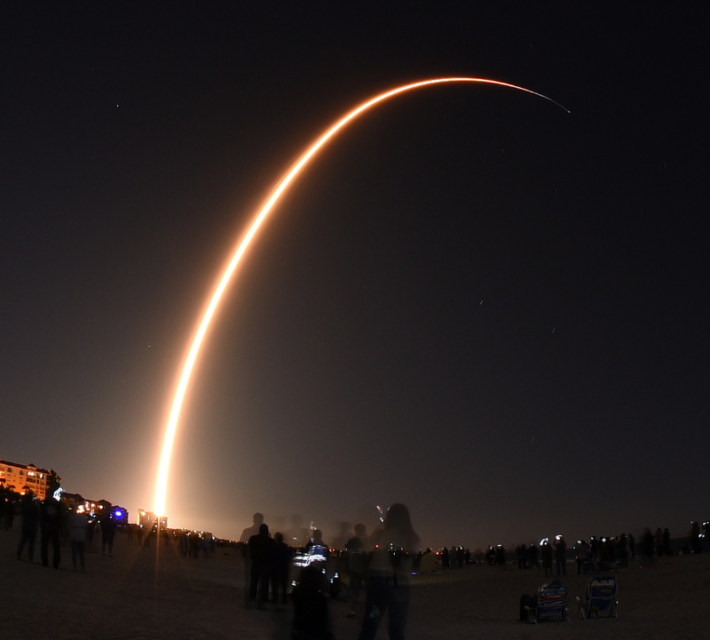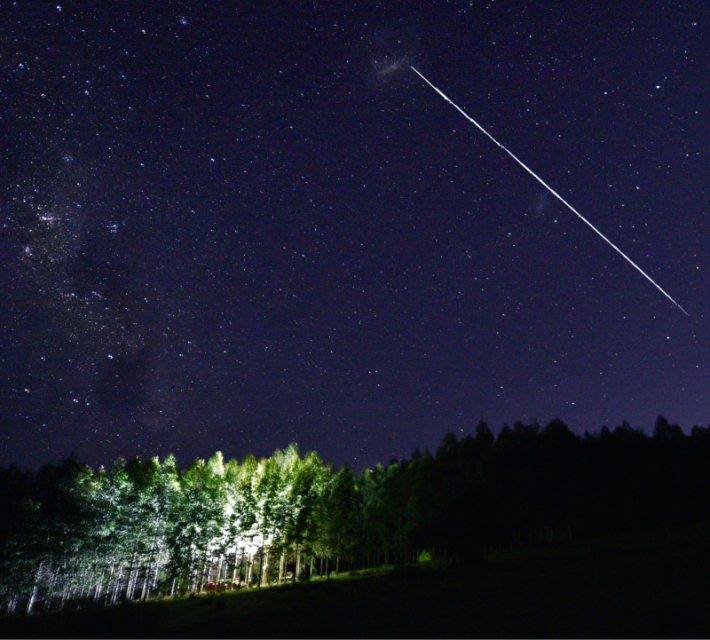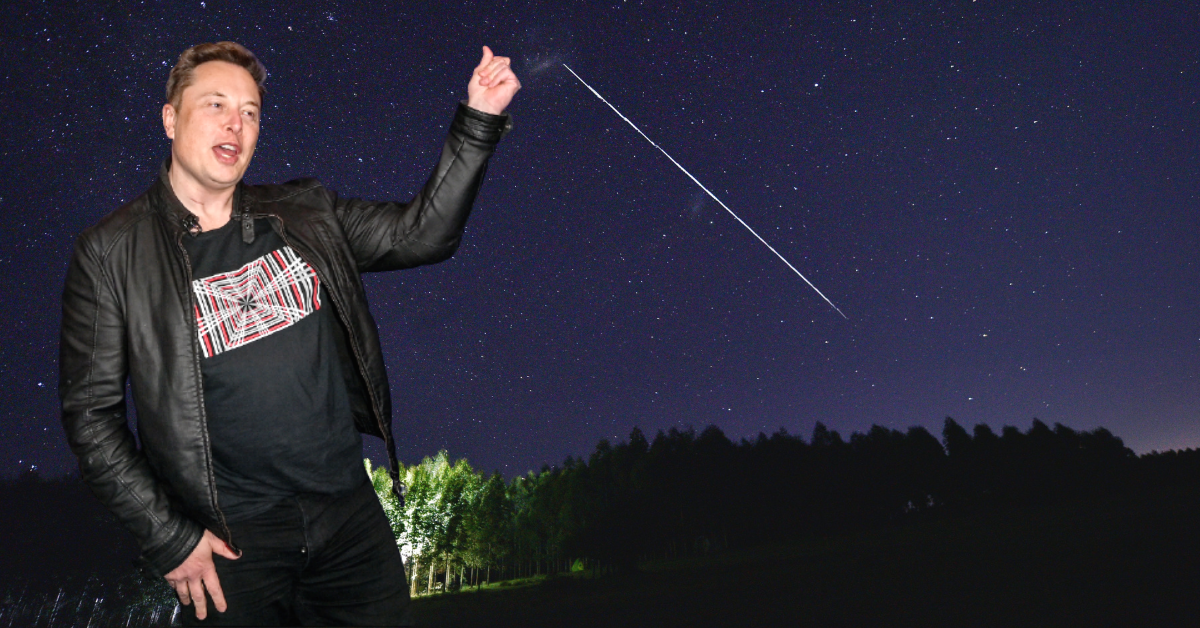Police and TV stations were flooded a few days ago by shocked callers reporting sightings of UFOs in the night sky above parts of the U.S. Some probably feared a Martian invasion, but those who knew what the lights were were fearful for a different reason — the disturbance of the natural night sky by Starlink satellites.
Over 1,500 Starlink satellites have been launched to date
The lights people saw were in a line, like an enormous train passing silently overhead. While this is a strange sight indeed, they were in fact satellites from Elon Musk’s SpaceX. More precisely, they were Starlink satellites, a man-made constellation built to provide internet access around the world, and in particular to under-developed areas.

The Starlink satellites orbit much lower than other satellites, and in a unique line formation, making them easily visible from the ground. This is a particular issue for both amateur and professional astronomers, whose observations of celestial bodies thousands of light-years away can be disturbed by the passing of these bright satellites.
Richard Fienberg, press officer for the American Astronomical Society says, “The way you can tell they are Starlink satellites is they are like a string of pearls, these lights traveling in the same basic orbit, one right after the other.”
The satellites are relatively small in size, only weighing around 260 kilograms each, and are launched in batches of 60 at a time by SpaceX. These 60 are then arranged into their constellation. To complete the project, SpaceX will need thousands of these satellites in orbit, already having launched over 1,500. They have requested permission for many more. They hope to send up another 120 just this month.

The U.S. military has used the satellites in tests with their equipment, establishing a 75 megabyte-per-second connection to a U.S. Air Force aircraft via Starlink. They also managed to establish a connection to a C-130 gunship in 2019, and have since demonstrated multiple connections to various equipment in the military.
Since the launch of Sputnik 1 in 1957, humanity has launched about 8,900 satellites into orbit, with only about 2,000 of these still operational. Many of the inoperative satellites have dropped out of orbit and simply burnt up on reentry. SpaceX could dwarf the number mankind has launched so far in just a matter of years, raising some ethical and environmental questions.
Some people are concerned about the satellites’ effects
Is it right that one company can make such a big impact on the Earth’s night sky?
The International Astronomical Union has stated that “The organization, in general, embraces the principle of a dark and radio-quiet sky as not only essential to advancing our understanding of the Universe of which we are a part, but also as a resource for all humanity and for the protection of nocturnal wildlife.”
As mentioned, the low orbit of the Starlink satellites makes them easily visible from the ground. Voluntary efforts have been made by SpaceX to reduce the amount of light reflected from the satellites, but this technology still has a long way to go. While their bright surfaces can hide faint objects behind them, far away in the universe, the radio waves emitted from the Starlink satellites can also cause significant interference with the extremely sensitive scientific equipment used by astronomers.
Observational equipment like the rather unambiguously named Extremely Large Telescope in Chile, which is currently under construction, could be seriously affected by the low orbit satellites. This telescope will cost billions of dollars to build and will be one of the most powerful telescopes on Earth, able to gather 100 million times more light than the human eye. It is designed to advance humanity’s understanding of the universe, being able to study in detail planets orbiting distant stars, black holes, and ancient galaxies.
More from us: Senior Space Force Spouse Aims To Create A ‘Family-Like’ Culture
There are fears that SpaceX’s Starlink satellites may interfere with this telescope and others like it, limiting their capabilities to advance man’s understanding of the universe we find ourselves in.
However, it can be argued that providing such crucial tools as the internet to poorer and underdeveloped areas of the world is a far more important goal than observing and understanding objects humans may never reach, let alone within our lifetime.
